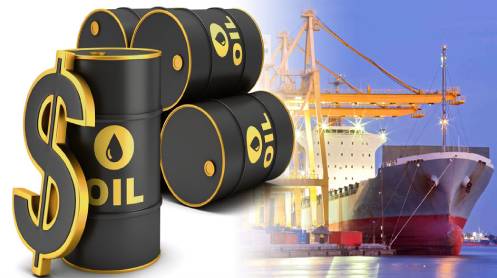ISLAMABAD: Pakistan’s trade deficit with the Middle East expanded by 7.37% to \$13.974 billion in FY25, up from \$13.014bn a year earlier, driven primarily by a sharp increase in petroleum imports.
According to data from the State Bank of Pakistan, the widening deficit underscores the country’s continued dependence on energy imports from the region, while export growth to Middle Eastern markets remained subdued. Crude oil imports surged by 15% in volume during FY25, significantly impacting the trade balance.
This marks a reversal from the previous fiscal year (FY24), when the trade gap had narrowed by 20.47% to \$13.014bn from \$16.365bn in FY23, largely due to reduced petroleum imports amid declining domestic fuel consumption.
Exports to the Middle East declined 1.52% to \$3.107bn in FY25, compared to \$3.155bn a year ago. In contrast, FY24 had seen a 35.23% jump in exports from \$2.33bn in FY23. Imports from the region increased 5.64% to \$17.081bn in FY25, reversing the 13.53% drop seen in FY24.
In a bid to address the growing trade imbalance, Pakistan recently signed a free trade agreement with the Gulf Cooperation Council (GCC) aimed at enhancing export potential and diversifying trade ties.
Country-wise data reveals mixed trends. Exports to Saudi Arabia fell 0.84% to \$704.32m, while imports from the kingdom dropped 16.6% to \$3.746bn. Trade with the UAE remained strong, with exports rising 1.87% to \$2.121bn and imports climbing 25.75% to \$7.958bn.
Meanwhile, exports to Bahrain, Qatar, and Kuwait declined sharply by 23.36%, 28.65%, and 13.87% respectively, with modest reductions in imports from these nations.
Story by Mubarak Zeb Khan







